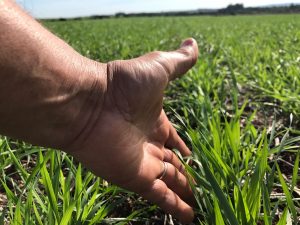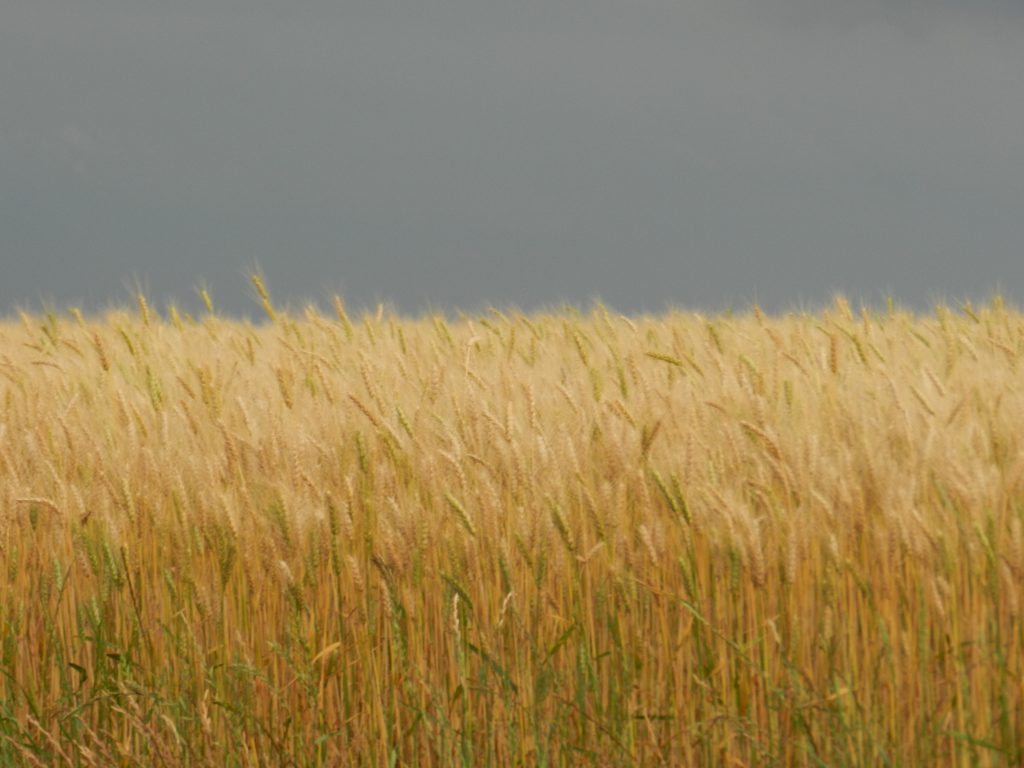São Paulo – For four years now, organizations in Brazil’s Rio Grande do Sul state have been working to enable bigger and steadier wheat exports. This is the sole wheat exporting state in the country, which is also an importer of the product. But then why does this state export? “At times, exporting is more competitive than selling to other states in Brazil. Brazilians place great value on bread that’s white as snow. There are places around the world where baking flour isn’t required to be as white,” explains Paulo Pires, president of the Federation of Agricultural Cooperatives of the State of Rio Grande do Sul (Fecoagro/RS). Rio Grande do Sul wheat is darker-toned.
The Brazilian Agricultural Research Corporation (Embrapa)’s wheat unit Embrapa Trigo has partnered up with Fecoagro/RS to focus on management and selection of cultivars that meet export standards and do not drive up local production costs. “For this export-oriented project we are focusing on the Domestic class with a protein content of 12.5% to 13% or higher,” says Embrapa researcher João Leonardo Pires. Wheat varieties are classified according to the markets they get sold in. For this project, Embrapa is working with the BRS Reponte and BRS Belajoia varieties.

The project involves 32 farming cooperatives in Rio Grande do Sul. The state’s wheat output is twice as much as its consumption needs. That’s where sporadic foreign sales come in. “The project is intended to increase exports. Rio Grande do Sul has been exporting wheat since 2003. Over these 17 years, product has been exported, including to Arab countries, so this is nothing new. We are just working towards specialization,” explained Índio Brasil, a managing partner with brokerage firm Solo Corretora in Rio Grande do Sul.
The firm lends commercial support to the process, “which is still at an embryonic stage,” explains Brasil. End-of-the-chain sales are made by exporting companies. According to him, what Brazilian consumers regard as a disadvantage can be an advantage elsewhere. “All wheat production in Brazil is geared towards the domestic market’s concept of quality. But within each country there are cultural issues and quality requirements that do not necessarily relate to nutritional aspects, but rather to visual and organoleptic ones,” he said.

Even though exportation isn’t a recent phenomenon, becoming a solid exporter is an achievement that’s yet to come. “The Arabs probably do not recognize us as players, because we are not predictable,” says Paulo Pires. And that is not without reason. Fecoagro figures show that 56,000 tons got shipped to Saudi Arabia through May 2020. The previous sale had taken place three years earlier, in 2017, with Saudi Arabia importing 62,000 tons of product. Another key importer, Egypt, got its last shipment in 2013, at 66,000 tons.
All interviewees agree that professionalization is needed to join the international competition. “We have created this export project in order to become competitive. We even have the African market, or Asia, which appreciate Rio Grande do Sul wheat,” says Paulo Pires. The project is primarily focused on Southeast Asia and the Middle East.
From farm to foreign land
The project was designed to encourage farmers who had been moving away from wheat farming. “The farmed area for wheat was diminishing. To us, that was a clear message that they were not happy. We decided to try an alternative project to increase that area,” Paulo Pires explained, adding that farmed area was 21% bigger for this crop. This was due among other things to the stronger US dollar, which drove up the price of imported product.
Aside from total grain protein content, international market requirements include the so-called ‘gluten strength,’ which applies to Basic and Domestic wheat classes. Embrapa selected the varieties that meet international requirements without driving up costs. “We have cultivars that can easily yield export-type wheat,” João Leonardo Pires said.
Translated by Gabriel Pomerancblum




